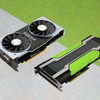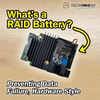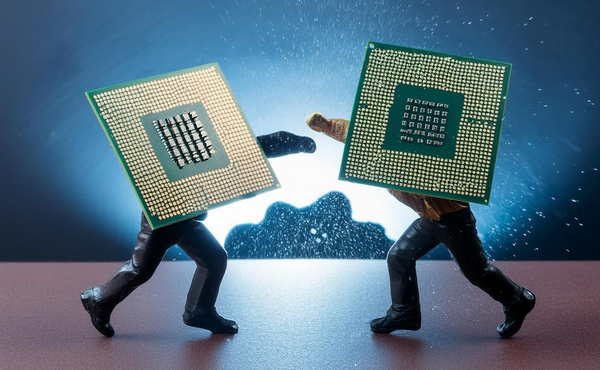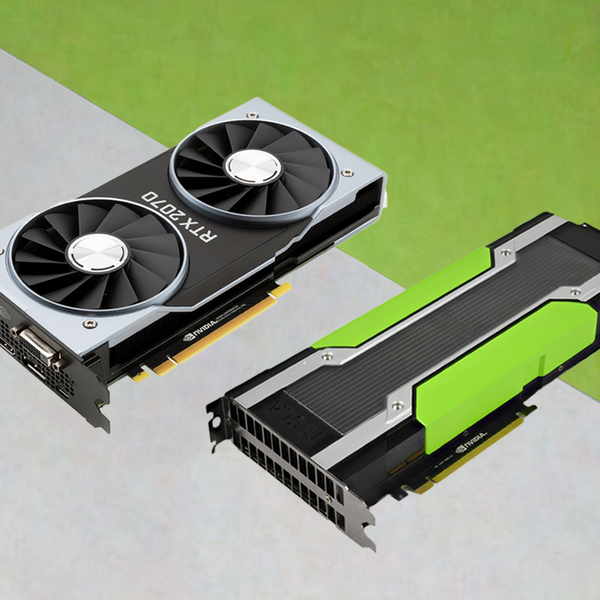All About RAID Batteries – Preventing Data Failure with Hardware
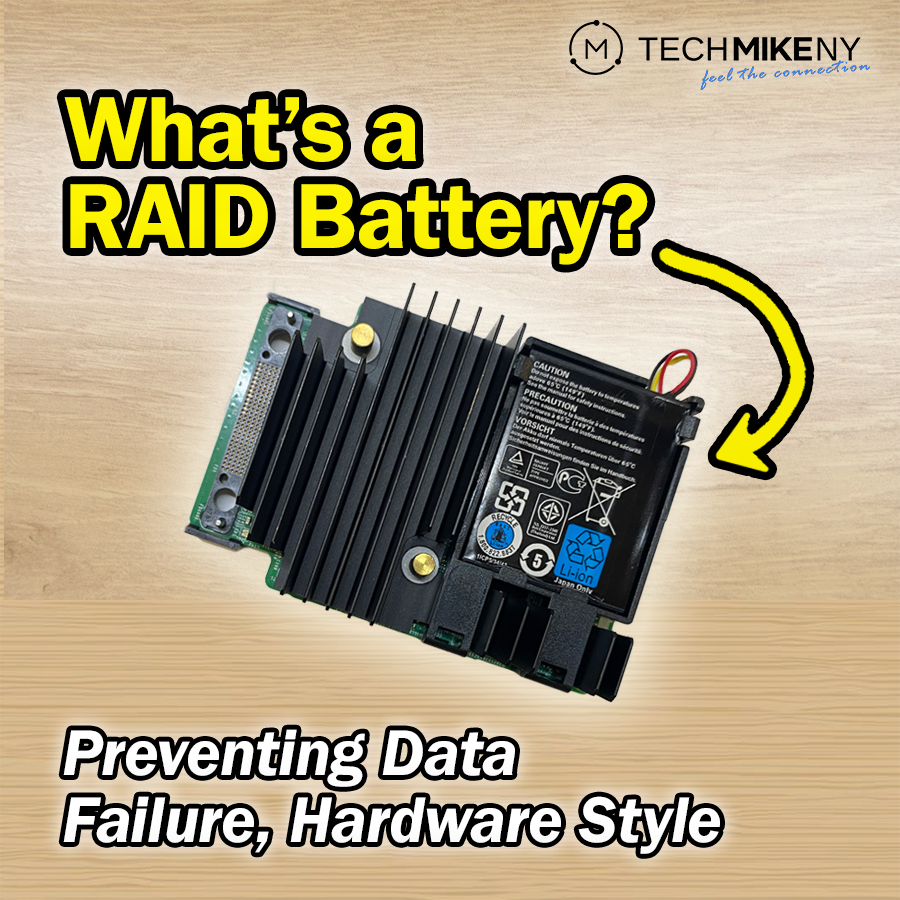
Ever sat around and wondered about your RAID controller’s battery? Can’t say we have either. But turns out, Reddit is full of people who are curious to know what it’s for. So naturally, we had to talk about it.
RAID controllers come with a dedicated battery, the RAID battery, that works to preserve the controller's cache memory in the event of sudden power loss. In this blogpost, we’re talking RAID battery backup units (BBUs) - what they’re good for, how they do what they do, and why it’s so helpful to have them around.
What’s a RAID battery?
A RAID battery (also known as a RAID cache protection battery or Battery Backup Unit) is a key component installed on a RAID controller card. These small battery units connect directly to the card in your server, workstation, or external disk array. Their sole job? To supply emergency backup power in the event of a power disruption so that no data is lost or corrupted.

Above: these batteries are often mounted directly onto the RAID controller card, attached via a short cable to supply backup power to cache when needed. May be located in the enclosure holding the controller.
The battery allows the RAID controller’s memory cache to remain active in the event that main power is cut off. This cache acts as very fast temporary storage, improving speed by allowing the controller to rapidly write data to cache before flushing it to permanent disk storage.

Above: What happens with a RAID battery in a failover scenario on power loss. (If you're looking at this on mobile, press and hold to save and zoom in!)
By stepping in during outages, the battery enables that safe cache clearing process and prevents potential data corruption or gaps.
And an added benefit? As we mentioned in an earlier post in our RAID series, the fact that the battery allows the RAID controller to utilize cache also enables much faster data transfers. So disaster recovery aside, having that backup power source helps accelerate everyday system performance. (Sweet.)
If you have one of the following controllers in your server, it will already have a RAID cache battery or other cache device: Dell H710, Dell H710p, Dell H730, Dell H730p, Dell H740p, HP P440, HP P840.
You should definitely be using a controller with a RAID battery if...
… you've got an array with many disk drives. In other words, the more drives you have in your RAID, the more you should consider a controller with a battery.
…your servers are in an environment prone to sudden power failures or disruptions like outages, surges, or spikes. If your data center’s in a region that’s consistently impacted by storms or earthquakes, it will definitely be useful to have that kind of backup.
…you have critical data constantly flowing to the RAID that allows zero tolerance for halted writes or unavailable access. You probably don’t need the reminder, but RAID battery backups are great helpers for use cases like data feeds from critical monitoring systems, such as medical devices, always-on apps where uptime directly relates to revenue (like online retail sites during sale season), and transactional databases that require constant processing.
Word of Caution: Don’t let this be your end-all, be all. BBUs work well in conjunction with other power backup solutions, but they only provide a temporary partial backup. A properly configured UPS (Uninterruptible Power Supply) would give you enough time to shut everything down properly without losing data.
Are RAID batteries at all related to NVDIMMs?

Above: NVDIMM Battery Module.
NVDIMMs (Non-Volatile Dual In-line Memory Modules) serve a similar role to RAID batteries in keeping data safe when power is disrupted. NVDIMMs combine standard DRAM with flash memory storage and capacitors on an integrated server memory module. The capacitors provide backup power to flush data from the volatile DRAM to the nonvolatile flash storage if electricity is cut off.
So while NVDIMMs also offer backup power, they focus on temporary memory rather than RAID controller caches. Both help ensure no data loss, but they work at different components of the storage infrastructure – NVDIMMs on server memory and RAID batteries on RAID card caches.
Shop RAID cards from TechMikeNY
What about supercapacitors?
Some RAID storage vendors have been exploring alternatives to standard batteries, like supercapacitors. Supercapacitors have a longer overall lifespan and recharge faster. The tradeoff, however, is that smaller supercapacitors may only supply enough temporary power for the controller to flush cache (not maintain performance by keeping cache active).
Larger scale supercapacitor-based solutions aim to provide both data protection and sustained caching during short outages. But for homelabs and many mid-sized IT environments, the standard RAID battery still offers the best balance of resilient backup power for cache protection and everyday cache performance gains.
Pro Tip: The RAID controller manages the battery's charge level and sometimes discharges and re-charges the battery as part of maintenance operations. So when you first get it, give the battery enough initial charge time. Read: 48 hours. (For more RAID advice, see TechMike’s Quick Fix Troubleshooting Guide – RAID.)
Final thoughts
The bottom line is that RAID batteries are a neat little hardware add-on that makes sure temporary data gets made permanent, even if the power’s down. Not only that, but they give everyday data transfers a snappy speed boost. So here’s to RAID batteries. Hope you keep this cached. ;-)











